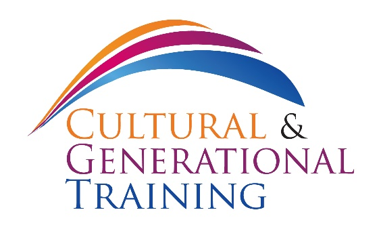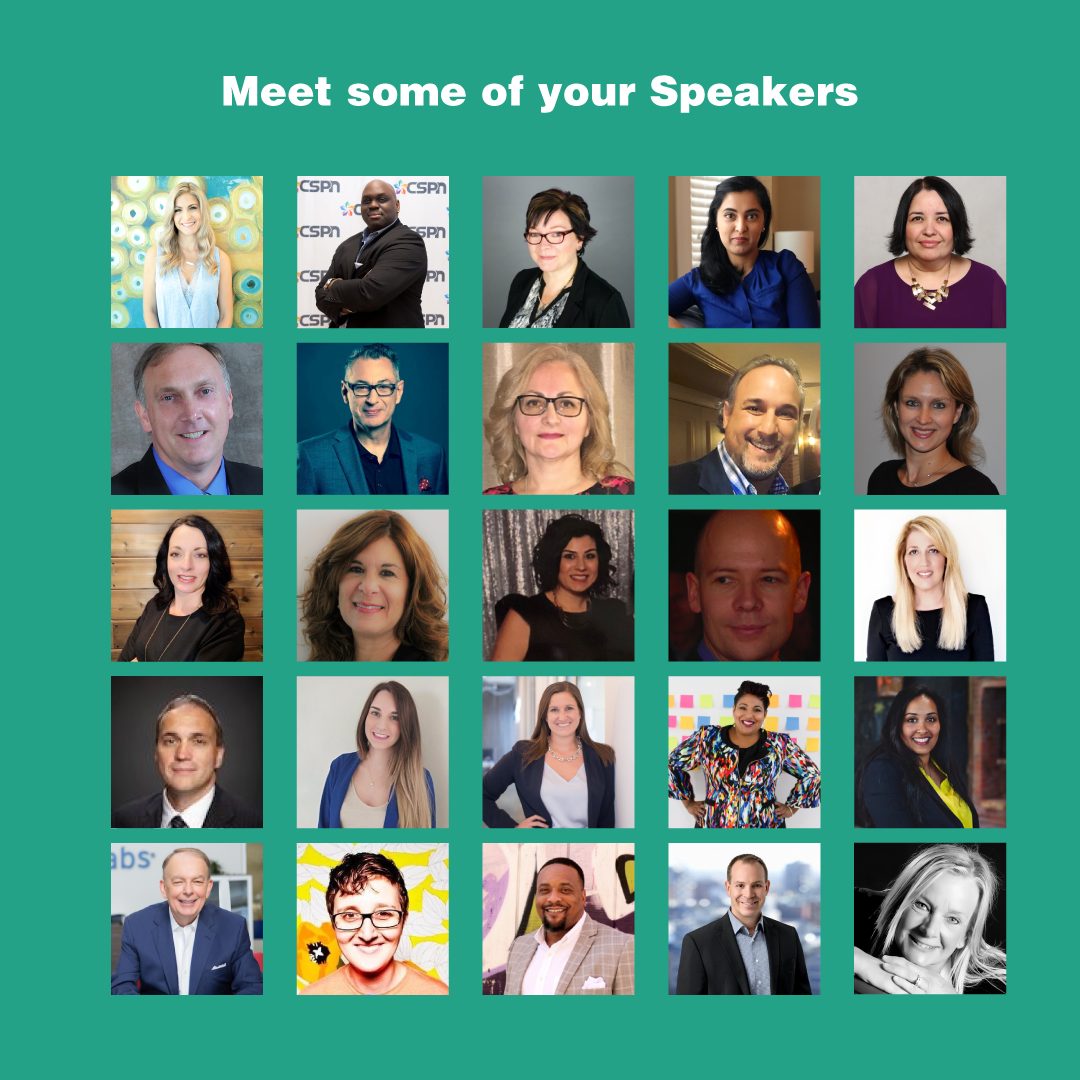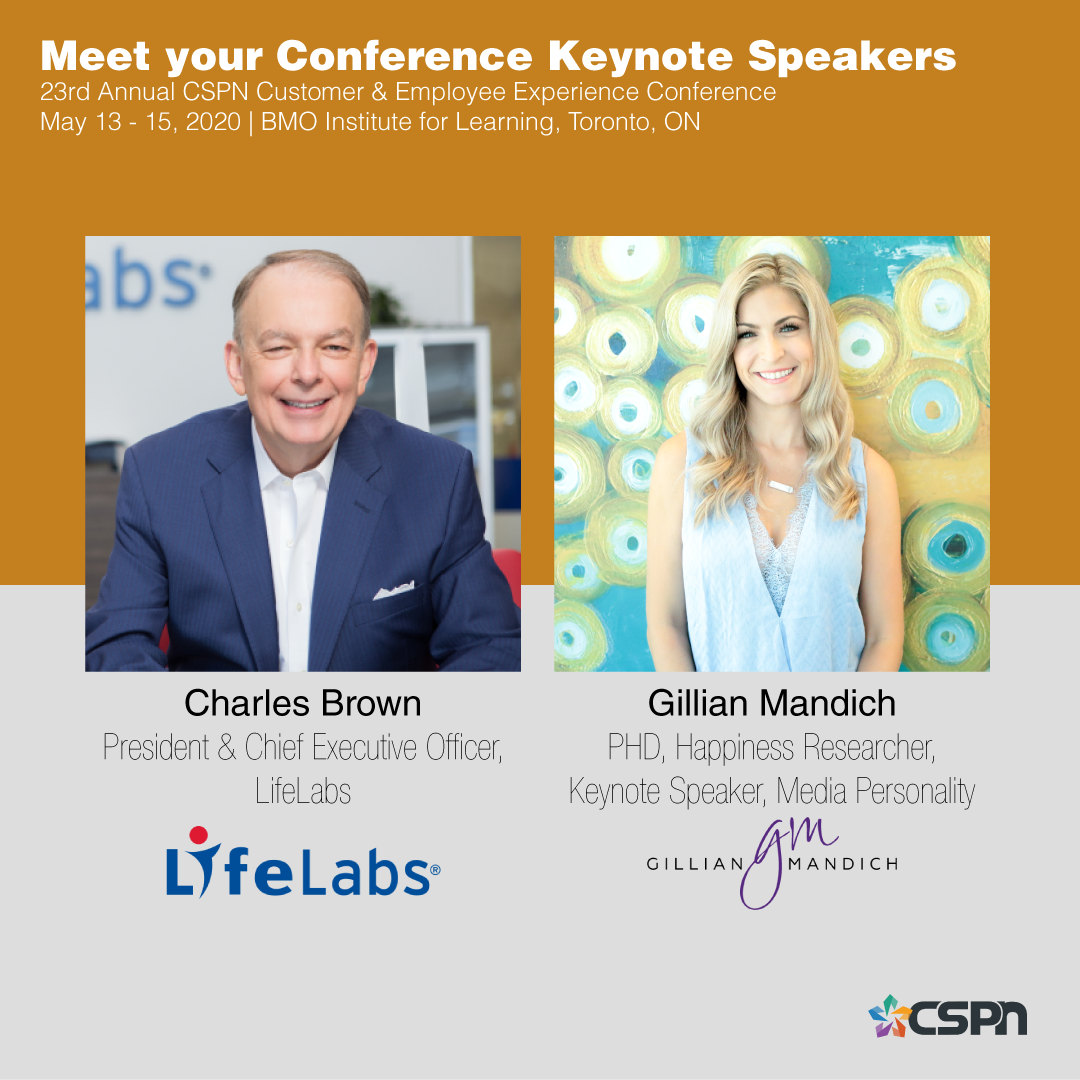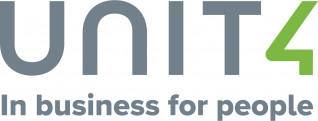March 11, 2020 – Web Group Benefits

COVID-19 is an illness caused by a coronavirus and are a large family of viruses. Human coronaviruses are common and are typically associated with mild illnesses similar to the common cold. COVID-19 is a new disease that has not been previously identified in humans.
How to look after your mental health during the Coronavirus outbreak
Infectious disease outbreaks like the Coronavirus, can be scary and can affect our mental health. It’s normal to experience both fear and anxiety. Outbreaks like the COVID-19, can trigger a feeling of powerlessness. There are many things we can do to manage our mental wellbeing:
- Try to avoid speculation. Rumour and assumptions can cause anxiety.
- Stay informed but monitor how much time you are listening to the media. The ongoing news coverage can be stressful and cause panic.
- Accessing reliable resources about the virus can help you feel more in control and informed.
You can get up-to-date information and advice on the coronavirus here:
COVID-19 Symptoms include:
- Fever
- Cough
- Difficulty breathing
Symptoms of the coronaviruses may be mild to serious and could take up to 14 days to appear after exposure to the virus.
Coronaviruses are most commonly spread from an infected person through:
- respiratory droplets when you cough or sneeze
- close personal contact, such as touching or shaking hands
- touching something with the virus on it, then touching your eyes, nose or mouth before washing your hands
What are the risks of getting COVID-19?
The public health risk associated with COVID-19 is low for Canada and for Canadian travellers.
Is there a vaccine to protect against COVID-19?
There is currently no vaccine to protect against COVID-19.
The best way to prevent the spread of infections is to:
- Wash your hands often with soap and water for at least 20 seconds
- Avoid touching your eyes, nose or mouth, especially with unwashed hands
- Avoid close contact with people who are sick
- Cough and sneeze into your sleeve and not your hands
- Stay home if you are sick to avoid spreading illness to others
Thank you to our partner HumanaCare for providing this information. HumanaCare, is an Employee and Family Assistance Program (EFAP) providing confidential, compassionate support and counselling for individuals experiencing work-life challenges.
~~~
ASSOCIUM Benefits is a very unique employee group benefits provider, focused on supporting benefits advisors and their employer clients. We provide Brokers and Plan Sponsors with a range of solutions from traditional group benefits to more customized, cost and tax effective employee compensation. Let’s connect to find out how we can help.








.png)



